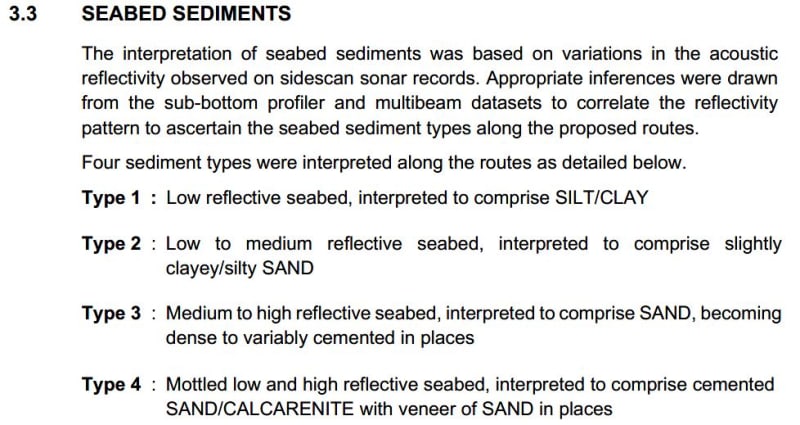It's not the long term risk to a pipeline that is so important, except for corrosion, but the better definition you will be able to pass on to the construction contractor as to what type of soil lays below and what effort will need to be expended during excavation in soft, hard soil or rock, if blasting is required, and the presence of other geohazards, such as karst formations, faults, slope instabilises, erosion susceptible soils, high water tables, river bed materials, location of nearby approved sand deposits, etc. If its 180km of more or less uniform, flat or slight rolling farmland, 5km might indeed be good enough, otherwise that could present a very granular picture and the contractor could fill in those blank spots with higher prices, or hit you up for extra payments later when unexpected rock appears. For me, it's more about reducing construction cost risks and a few more boreholes and test pits are usually well worth their cost, even if it confirms the obvious. It's easier to negotiate better prices with confirmed data in hand. [pre][/pre]
If you all are happy with 5km, so be it.
Einstein gave the same test to students every year. When asked why he would do something like that, "Because the answers had changed."

